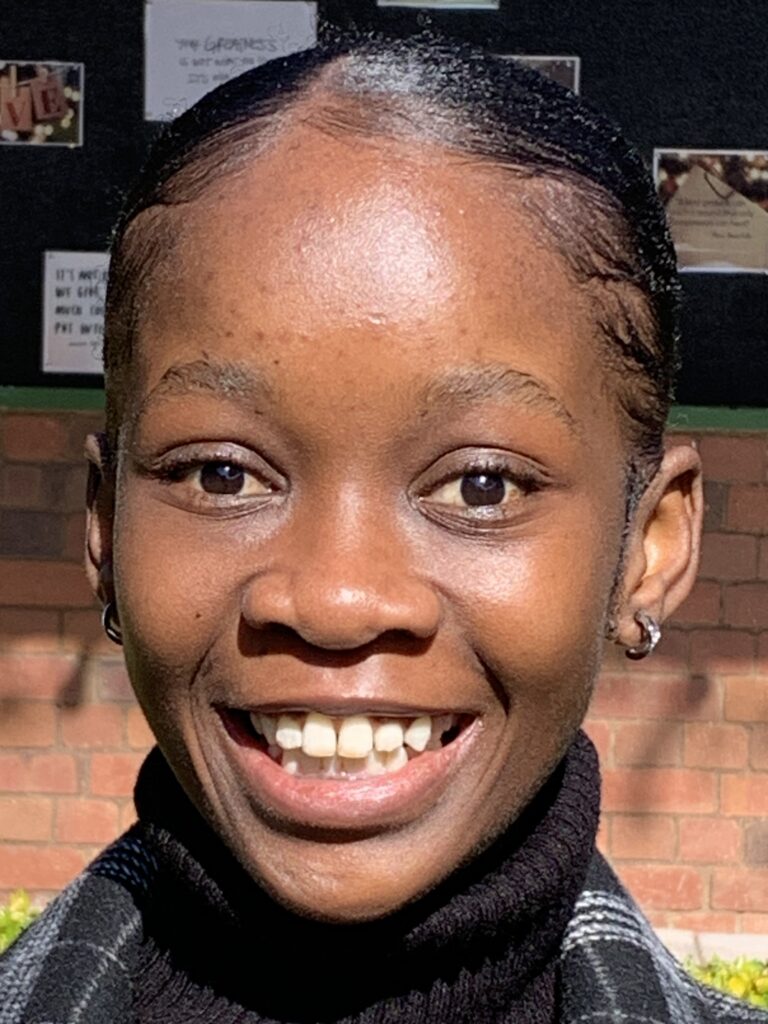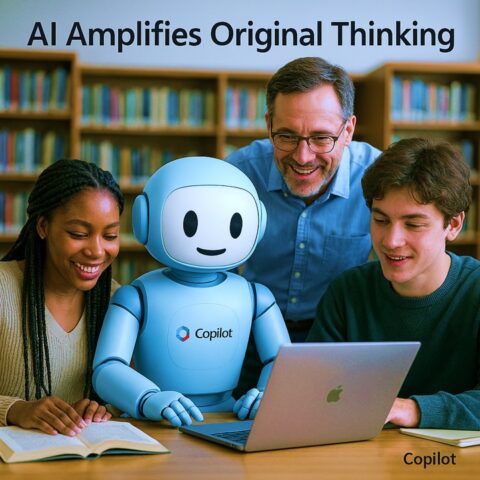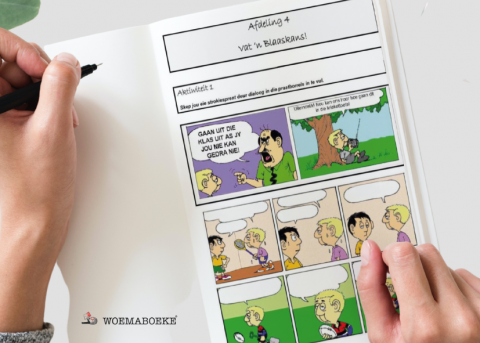The South African Schools Collection PR
My First 3 Years Of Teaching Preparing Kids For The Technology World, Coding And Robotics
Teaching is a bold and fun career. It is a noble and evolving profession. Now what makes it more exciting is when you are teaching IT, every child’s favourite subject.
I am doing my third year of teaching computers at Craighall Primary School. The school is in partnership with Knowledge Network. The Knowledge Network IT learning system provides us with an amazing teaching program that helps both the teacher and learners.
During my first year of teaching, I was not confident enough to teach IT at a primary school as I did not do IT at the primary level.
With the help from my school and the Knowledge Network training sessions, after five days of technology integration training, I was able to step into the classroom and deliver what I have learned, and more, to my Grade 01 to 07 classes.
Using ILAMM Integrated Learning and Mentoring Methodology helps to enable epistemological access. As a teacher, you develop new ways and strategies to help learners solve difficult problems and discover the unknown.
In my first year, when I was doing graphics with my learners, I was learning from them. What I mean is that giving them something minor to do, such as drawing the African sunset in Paint, would bring about new advanced ways of improving the drawing. They would want to draw in both Paint (bitmaps) and PowerPoint (vector graphics) and elaborate on the difference between the two. That is what I call logic, and that is where the “wow” factor is built in.
Learners love computers and the Knowledge Network IT system makes it even more exciting. As a teacher, I am happy when my learners are happy with the content I deliver.
Teaching computers requires less information and more practice. The more learners do something, the more they make sense of what they do and the information it carries. In this way, practice comes with grasping new information and processing new information.
Doing graphics has helped me and my learners improve our drawing skills, IT skills, logic, and problem solving. I am impressed with what they can do from what they have learned. As we are progressing, we have started doing research and referencing. This has become my favourite topic to teach as it helps learners do projects of a high standard and accuracy of content with legal relevant pictures.
Coding in ScratchJr, Scratch 3, and HTML is fun. Not only that it brings excitement, but it includes content from other learning areas, which makes it more fun to teach. It forms connections, you hear learners saying, “Oh, we’re doing Math now”.
My learners love it. The first strategy that I used was giving them code without telling them what we are coding. It brought about curiosity, critical thinking, and logic. When the code is done, they run it and tell me what they thought it was going to be. Some learners would say “I knew from the 360 degrees that we were drawing a full circle” and others would say “Wow how did we draw a full circle?” It sparks my interest and helps me to explain and help them understand the knowledge behind the coding of drawing a circle.
This year I have started Python with my Coding Club and we are going to do more when we open for term three.
The foundation I have built so far will equip the kids for robotics using simulators in term 3. The kids are going to love it. The robotics coding includes logic, loops, music, graphics and own creative inputs. Robotics is not covered in isolation, we include other learning areas resulting in integrated projects accommodating learners’ different interests.
With Foundation Phase kids, you get to experience how a child makes sense of the world. In grade one, doing coding with them is like playing with puzzles. How they respond to everything, tells you what they already know and what they do not know. The questions that come are “What is a code? How did we make a person move?” The output makes a good connection between prior knowledge and formal knowledge. You hear them say “The code works like a puzzle and each button has a different colour and purpose.”
As a teacher, it is important to allow learners to question and find an understanding of what they are doing. Knowing ‘how and what’ is key. After a lesson, they must be able to say, “I know what we were using the red button for, and I know how to make something move from left to right.” As you go further, they start wanting to make their own projects. Some learners even figure out what they have understood, what they did not understand, and how they can solve it on their own.
With the foundation I have built so far, I am super excited to start teaching robotics in term 3, I know the kids are going to love it.
I am very grateful for the support that my school has given me, and I am more confident to say Craighall Primary School is a good school. And being in partnership with Knowledge Network makes it the best.
With what I have achieved so far, my teaching philosophy is simple; give it your best, just do what it takes.
Being the youngest teacher at such a good school has made me realize that I do not have to be big to do good. “Dynamite comes in small packages.” It is always good to go for it and do your thing, show the world what you have to offer. Your work will speak for you.





